For anyone with the misfortune to be a long time reader of these pages, you’ll know I’ve done a fair bit of work on bite traces on various bones. These are very often those bites inflicted by tyrannosaurs, in part because those were often accessible to me, but mostly because being the only large theropods around at the time, it meant it was relatively easy to assign bites to tyrannosaurs. Coupled with their apparent propensity to bite into or through bones compared to other theropods, this also made for fairly abundant specimens to work on.
But what about other faunas, the Late Cretaceous of Asia and North America are weird with their numbers of bone biting tyrannosaurs, but what about sauropod dominated faunas and where the theropods are smaller in general and less able to bite into bone? Having worked on one really intriguingly bitten Diplodocus from the Morrison a while back, this was an issue that had been on my mind with only a handful of bitten sauropod bones described, despite the fact that there were surely plenty more out there.
And so to my new paper. I’d wanted to do some kind of survey of sauropod bites for ages and started on one based on reports in the literature but they were few and far between. Speaking to Emanuel Tschopp and Matt Wedel garnered a few more and specimens that they’d seen in person but it was still rather lacking details, till Emanuel mentioned he had a student, Roberto Lei working on something similar. The two of them then took up the project and did a major survey of the AMNH collections with it’s many, many Morrison sauropod bits (and so dragged Mark Norell into the project too). When we got into analysing the data, we realised that we needed more knowledge of the jaws and teeth of the Morrison theropods that Mark or I could provide and so Christophe Hendrickx was roped in as well to work on that side of things and so here we are.
The paper itself is sizable and there’s loads to go through in terms of background and methodology but as it’s in PeerJ and fully open access I won’t go into all the details here, but it’s well worth checking out and all the supplementary data that is there (including some nice 3D scans of bitten bones). What follows really is more or less a few bullet points of some of the key findings or discussion areas from the paper, but there should be something of interest here for those interested in taphonomy, theropods, sauropods, ecology and more.
Ok so first off there’s a good number of sauropod bites out there – we had more than 80 bitten bones, and now we’ve found them, despite the work on our catalogue, plenty would benefit from detailed descriptions and some taphonomic and anatomical context. But while these are not quite as common as tyrannosaur bites, they are more common than previously realised.
This does come with the huge caveat that there’s clearly huge variation in the Morrison as seen from the very high bite rates in the Mygatt Moore quarry and their almost entire absence in the Carnegie quarry, so it is highly variable and might be hard to find an average value given that.
At least some of the bites we can confidently refer to as scavenging ones given their location (e.g., on the faces of centra) which would be hard to reach except on a long dead carcass when literally tons of meat would have been available before that came to be an accessible part to bite, and no bites we found showed traces of healing or were in a position to have likely been delivered as part of a predation attempt. While hard to prove, it’s likely that most if not all of these bites were either scavenging traces or at least very late stage carcass consumption.
As to who bit them, well we do run into the old problem of there being a bunch of similarly sized theropods with similar teeth and apparently biting capacity that makes it hard to identify which might be responsible for any given bite. We do discuss bite shape patterns and tooth spacing more than has been done before, but ultimately sheer size means we could refer a few to the largest theropods around and exclude a few smaller ones.
Notably, the Morrison theropods show quite a high level of tooth wear, which somewhat clashes with the lack of adaptations to biting into bone (compared to tyrannosaurs) and the lower overall rates of bite traces. So what is wearing their teeth if they are not biting bones? The answer lies in that they are not biting the bones we have as fossils, which are almost exclusively adult animals. Big sauropod bones are hard to bite into and harder still to destroy and eliminate from the fossil record. We know the juveniles are out there as they show up in mass mortality sites, and sauropods likely laid dozens or hundreds of eggs a year, so animals under a ton in mass should abound. They were what were wearing down theropod teeth, being preferentially hunted and consumed with smaller and less ossified bones being rather easier to destroy and not built like the large adult ones that would be picked around.
In short, despite a rather different composition of herbivores and carnivores, some overall similar patterns with theropods as predators and scavengers and taking predominantly juvenile prey seems to have been similar for tyrannosaur and non-tyrannosaur centric faunas. Sauropods were much bigger than the average ceratopsian or hadrosaur but the ecological patterns are similar when it comes to carnivore behaviour.
My thanks as ever to my coauthors and colleagues on the paper and I hope this proved an interesting set of issues. The upcoming episode of Terrible Lizards will have more on this too and Matt has a post of his own over at SV-POW so keep your eyes peeled for more updates


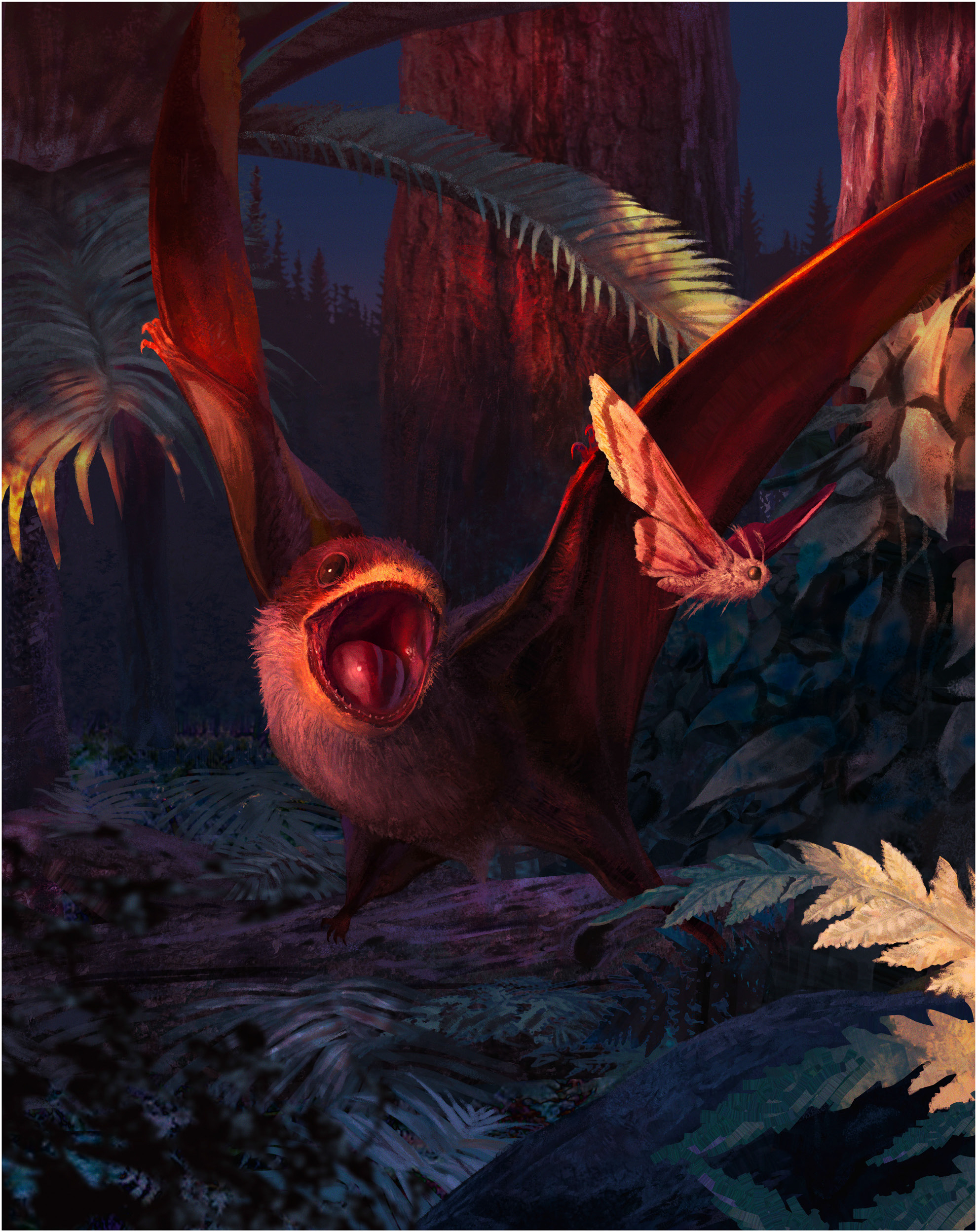
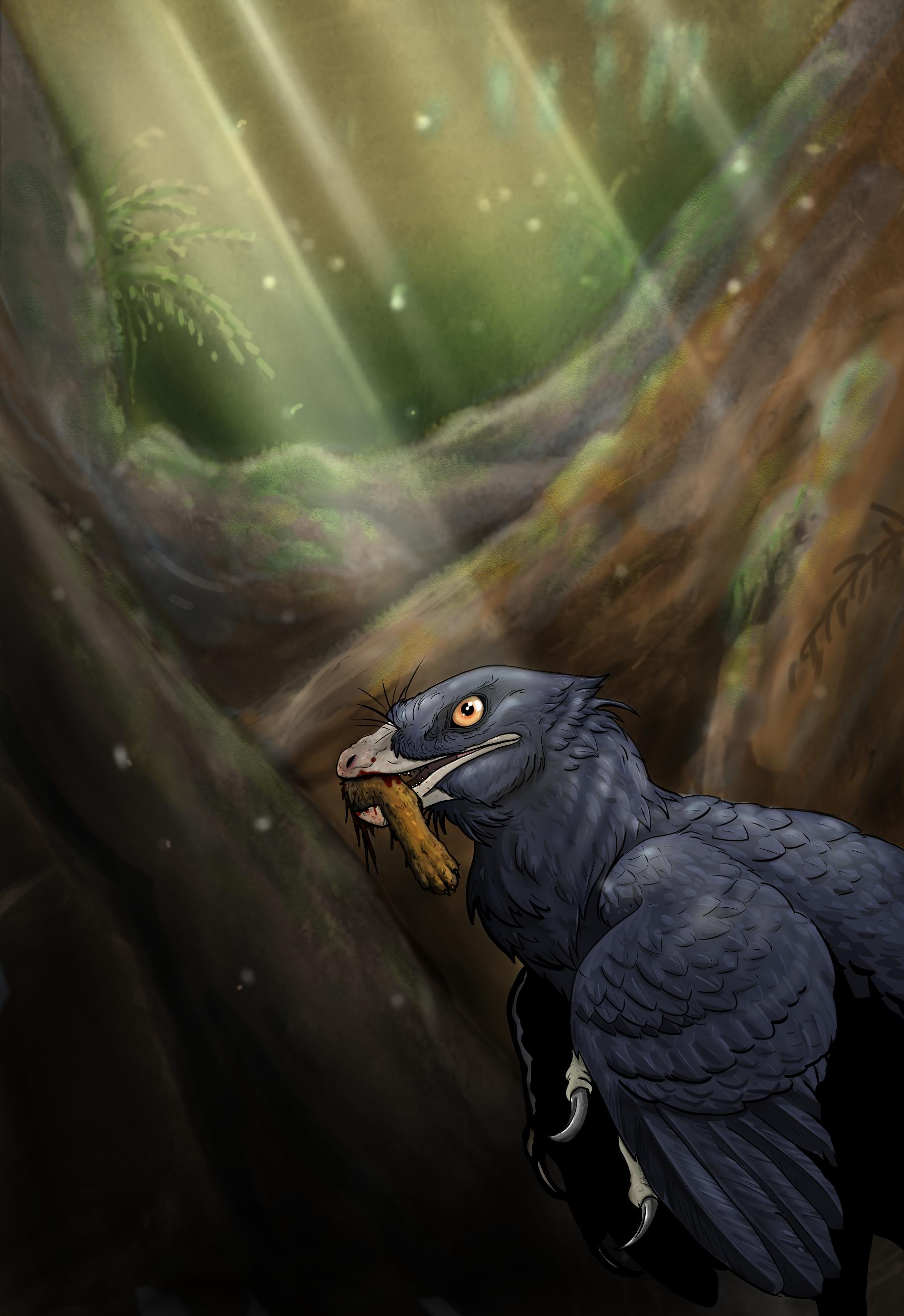
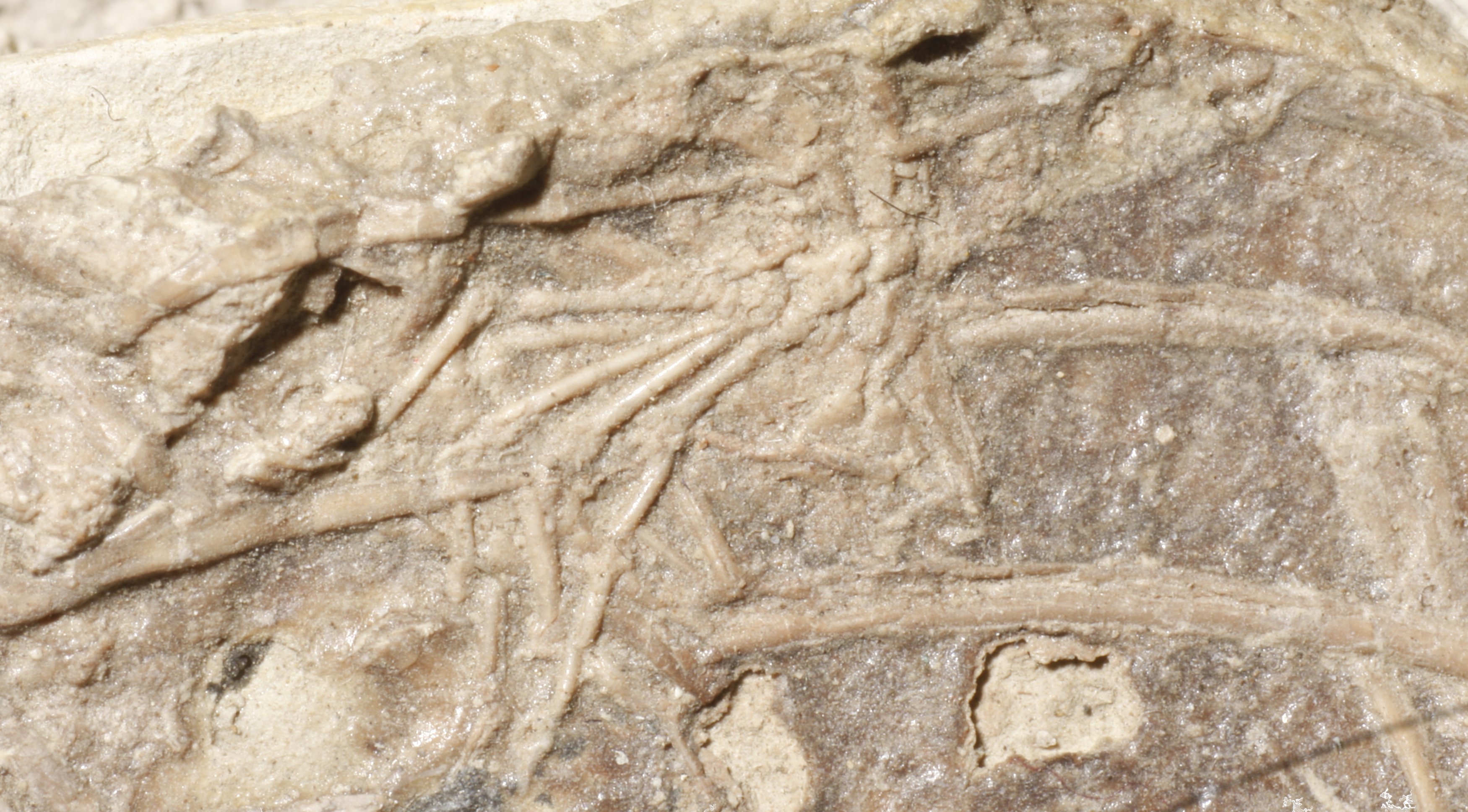
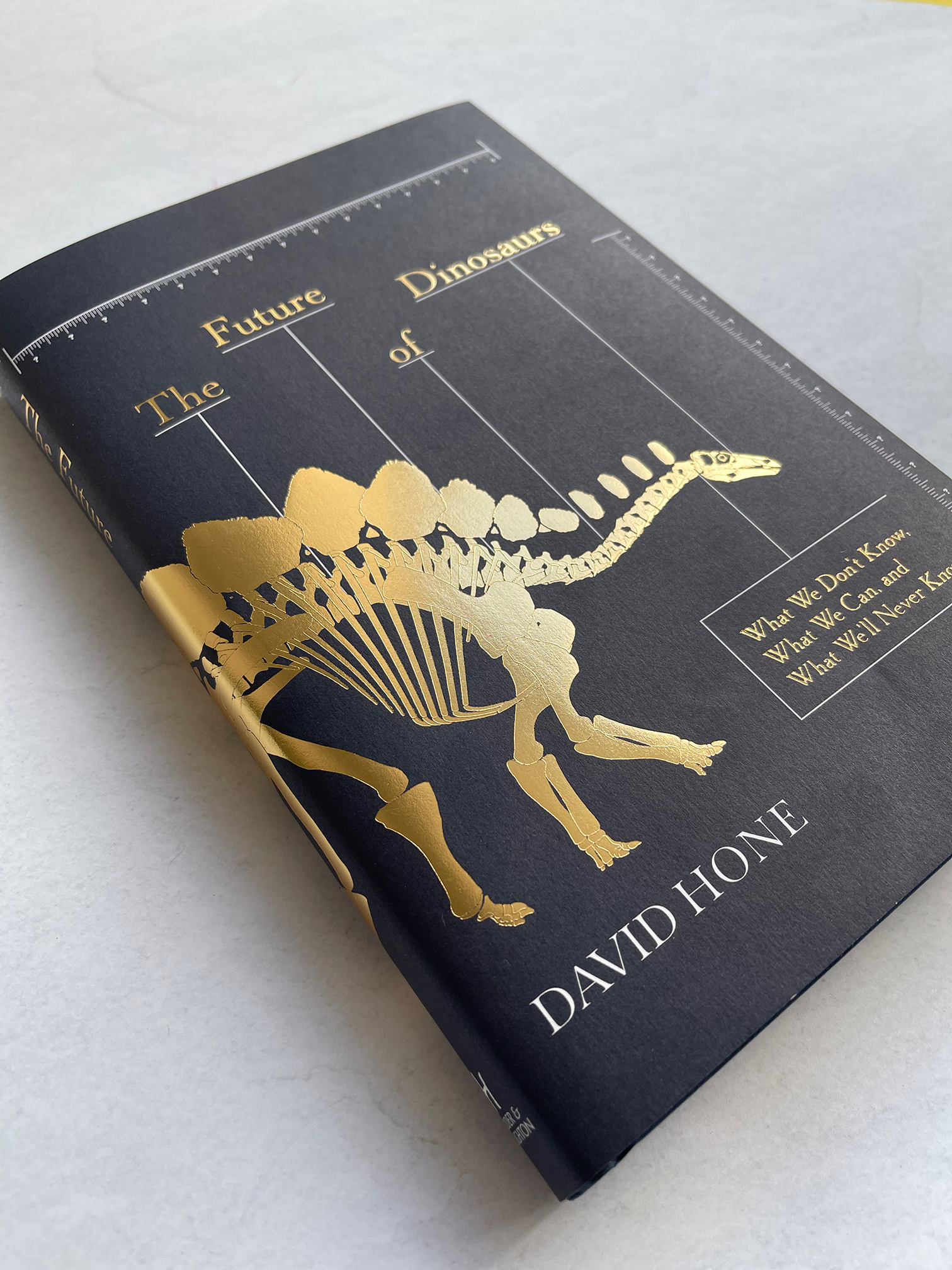
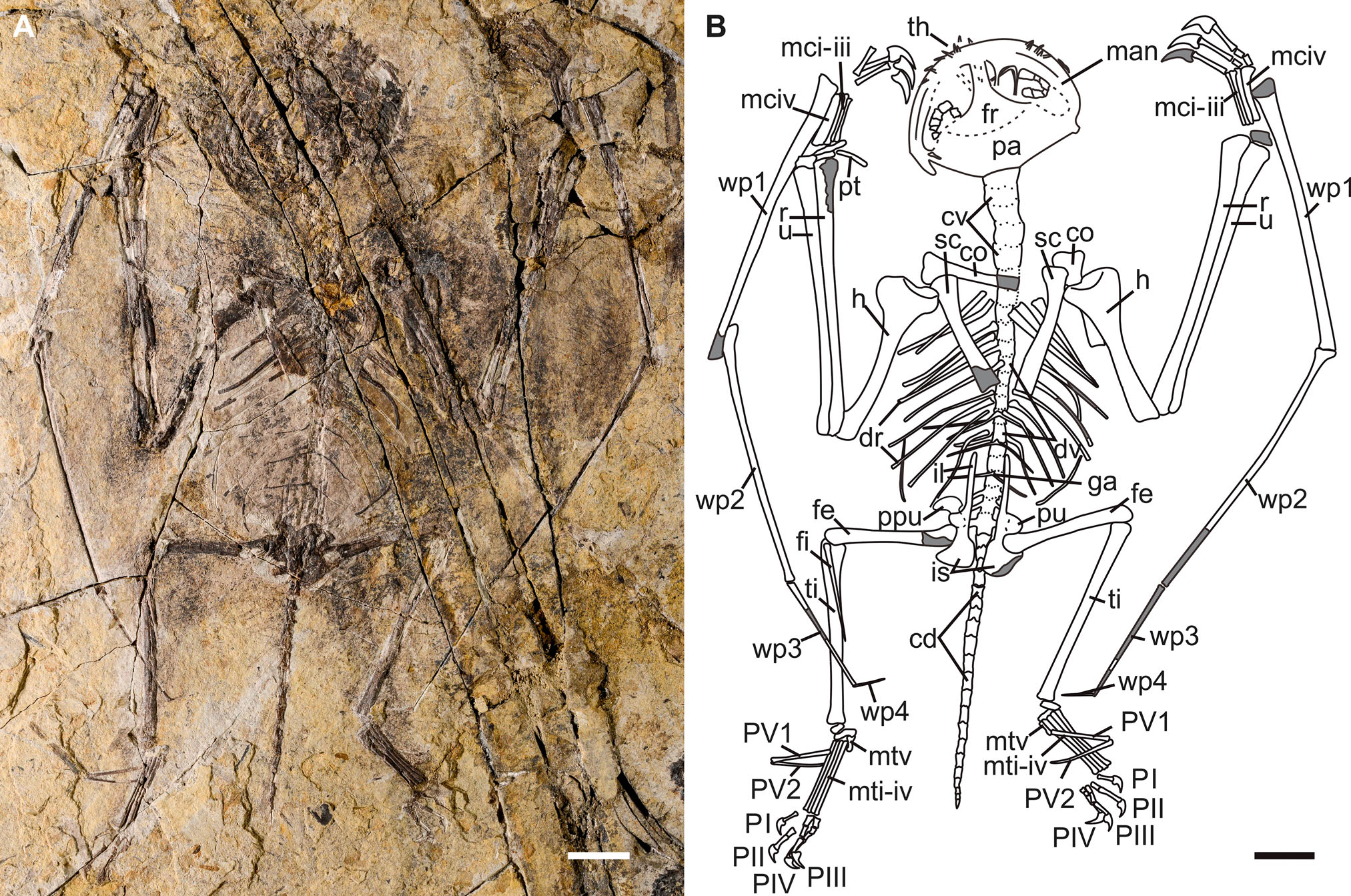
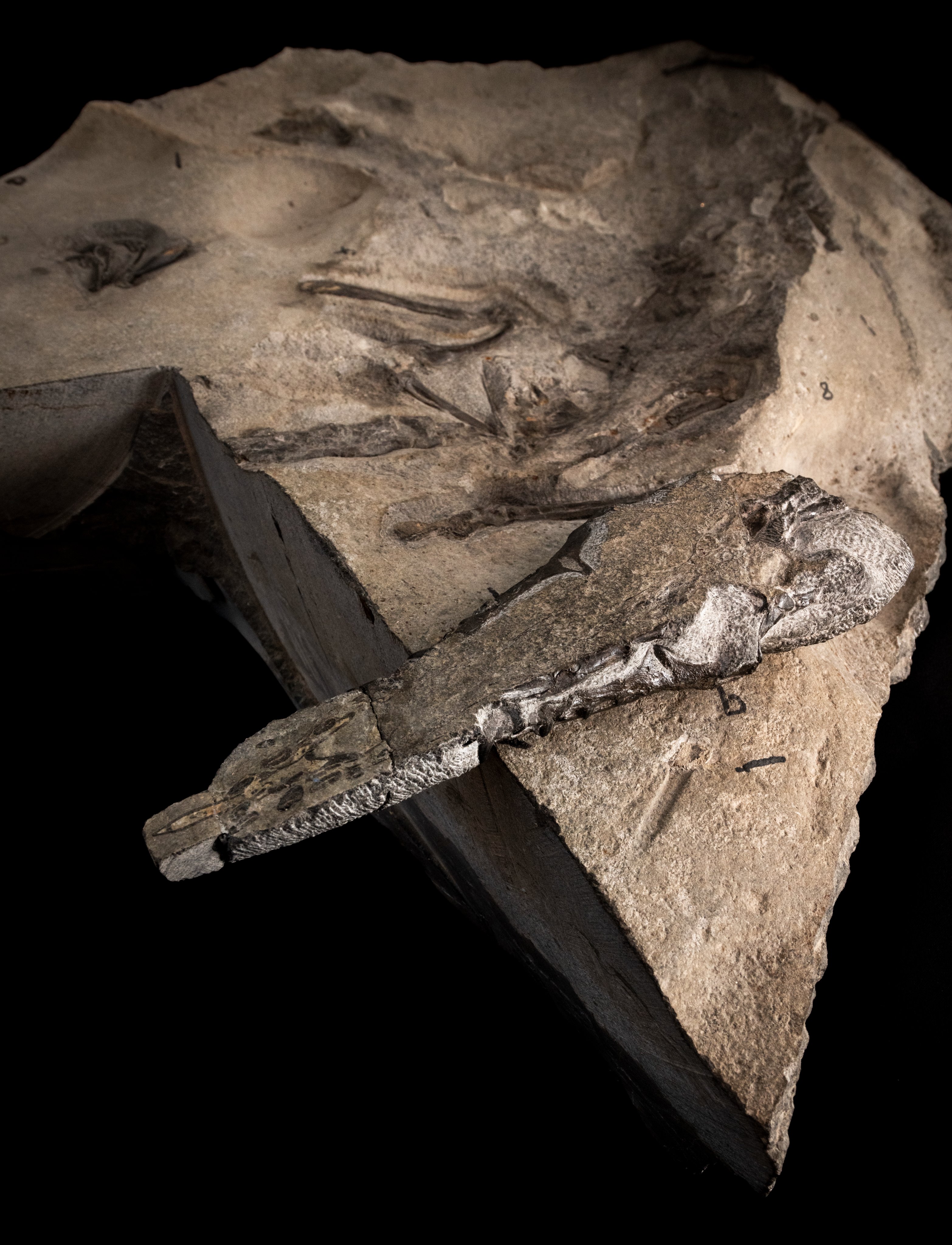

Recent Comments